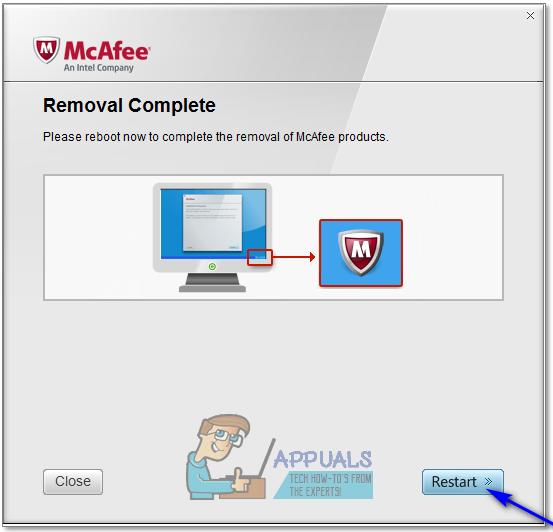How to Uninstall a McAfee on Windows 10
Computer security is one of the busiest and most bustling industries in existence today. Among the many big names in the computer security business is McAfee. McAfee develops and distributes a wide array of different computer security programs – from antivirus programs to programs designed to keep users safe while they browse the internet and everything in between. McAfee products are available for all versions of the Windows Operating System currently supported by Microsoft, and that includes Windows 10 – the latest and greatest iteration of Windows. In addition, McAfee computer security programs also often come pre-installed on a variety of different Windows computers.
Windows 10 users can sometimes need to uninstall a McAfee product for any of a number of different reasons. And, truthfully, whether a user wants to do so because their McAfee subscription has expired and they want to switch to a different computer security provider or if the McAfee product came pre-installed on their computer and they would prefer an alternative to the product or for any other reason imaginable doesn’t really matter. It is certainly possible for you to uninstall a McAfee product on a Windows 10 computer, and doing so is no rocket science. However, there are two different ways you can go about uninstalling a McAfee product on a Windows 10 computer:
Method 1: Uninstall the McAfee product from Settings
First and foremost, the simplest way to uninstall your McAfee product(s) on a Windows 10 computer is to do so from Settings using Windows 10’s in-built application uninstallation wizard. In order to get rid of a McAfee product using this method, you need to:
- Open the Start Menu.
- Click on Settings in the Start Menu.
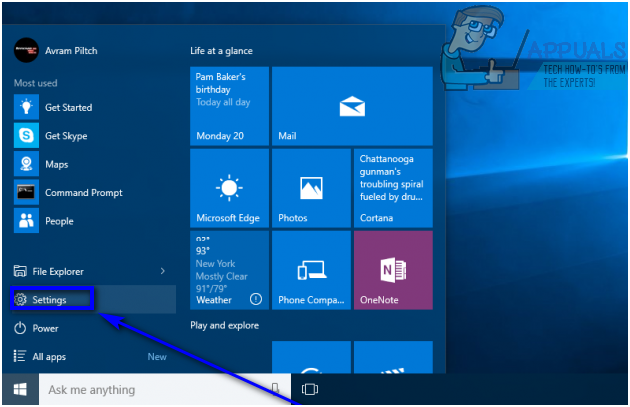
- Click on Apps or System > Apps & features (whichever applies in your case).
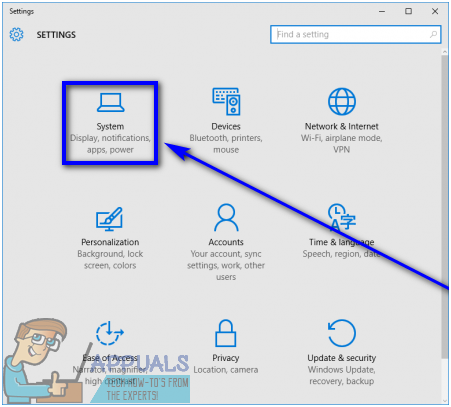
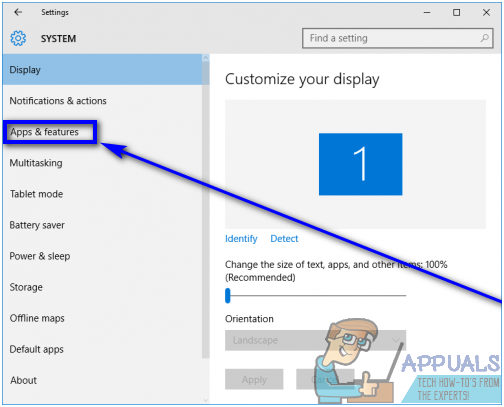
- Wait for Windows to populate the list of applications and programs installed on your computer. Once the list has been successfully populated, scroll through it, locate the McAfee product you want to uninstall and click on it to select it.
- Click on Uninstall.
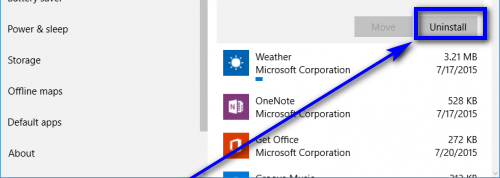
- Click on the Uninstall button that appears.
- Follow the onscreen instructions and prompts and go through the uninstallation wizard to uninstall the selected McAfee product from your computer.
Method 2: Uninstall the McAfee product using the McAfee Consumer Product Removal tool
The folks at McAfee have created the McAfee Consumer Product Removal tool – a utility designed specifically to allow users to uninstall McAfee products from their computers. While it should be noted that the MCPR tool only uninstalls McAfee products to the degree necessary for them to be uninstalled afterwards and still leaves some files and registry entries behind, it is still capable of ridding a computer of a McAfee product. To uninstall a McAfee product from a Windows 10 computer using the McAfee Consumer Product Removal tool, you need to:
- Click here to download the McAfee Consumer Product Removal tool.
- Wait for the utility to be downloaded.
- Once the utility has been downloaded, navigate to the directory on your computer you downloaded it to, locate MCPR.exe and double-click on it to launch it.
- If you see a warning message or are asked for confirmation, click on Continue, Yes or Run (whichever applies in your case).
- Click on Next, and then on the next screen, select Agree and then click on Next.
- On the Security Validation screen, solve the captcha by typing the alphanumeric string of characters exactly as you see them in the image, and then click on Next. Security Validation prevents users from running the McAfee Consumer Product Removal tool accidentally.
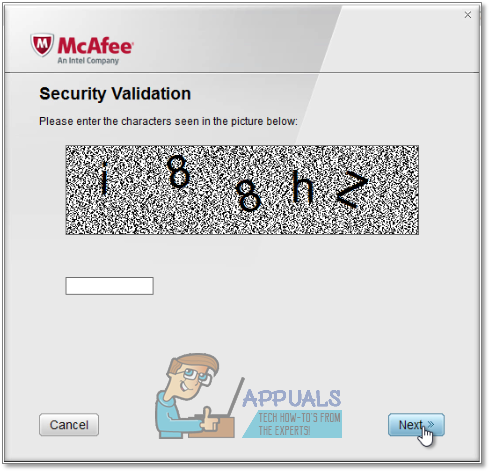
- MCPR will begin uninstalling the McAfee product(s) from your computer. All you need to do now is wait for it to work its magic – it will display a Removal complete message when it is done.
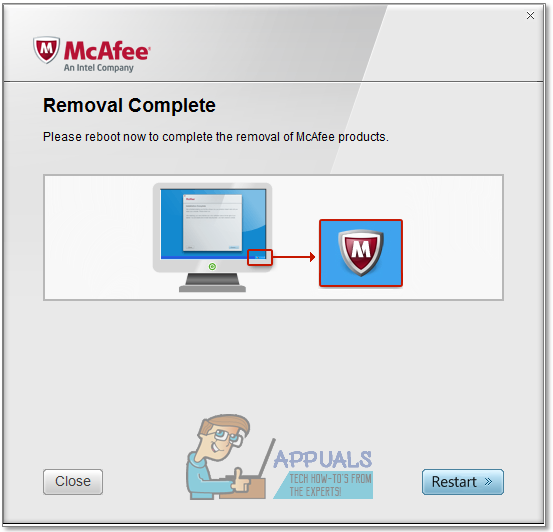
- Once the McAfee Consumer Product Removal tool has uninstalled your McAfee product(s) from your computer, a restart will be required to have the changes made by the utility take effect. Be sure to save all your work, close any open applications and then click on Restart on the Removal Complete screen to restart your computer.
